How is the immune system fighting bacteria and viruses?

Even if you have the image that when viruses and bacteria enter your body, the
How The Immune System ACTUALLY Works – IMMUNE --YouTube
First, the human immune system has hundreds of lymph nodes throughout the body ...
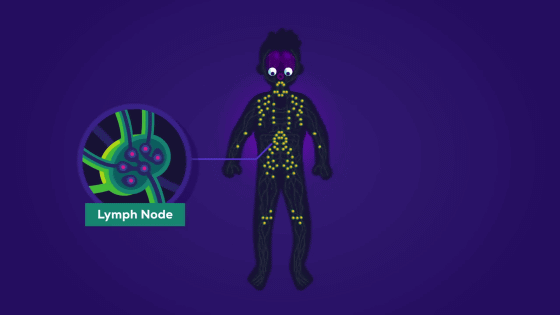
It is composed of two organs, the
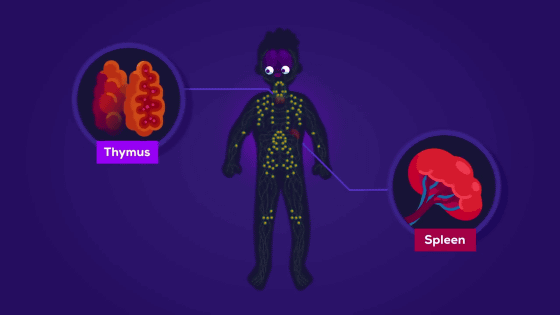
These create a network of lymphatic vessels that stretch throughout the body.
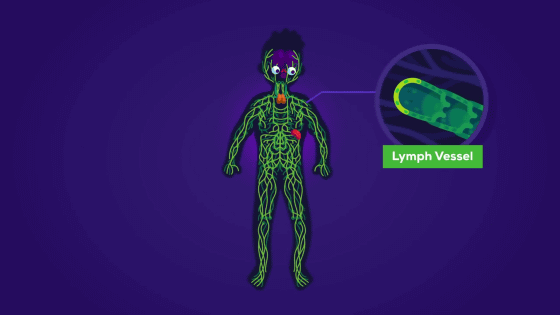
Foreign substances such as bacteria and viruses invade our bodies due to illness and injury. Kurzgesagt describes this as 'one day suddenly, a myriad of aliens have destroyed cities and infrastructure and invaded to eat.'

Even if it looks like 'I cut my fingertips a little' to the human eye ...

A 'catastrophe' has begun in which cells die in the body and blood and dirt spread throughout the body.

Bacteria that enter the body move around in search of a new home, depriving cells of energy and spreading dung around.
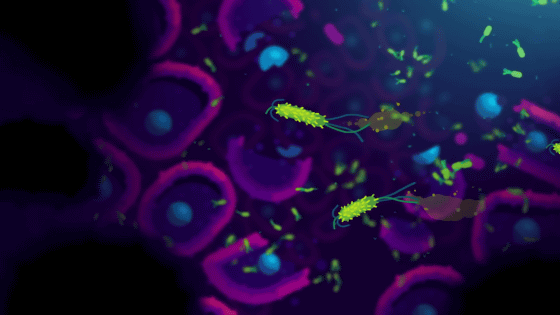
When this happens, the cells that survive the impact of the bacterial invasion first alert and awaken the immune system with chemicals.
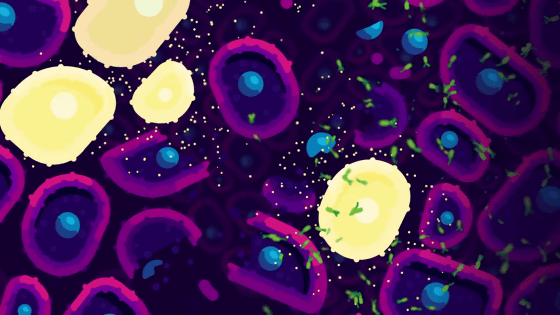
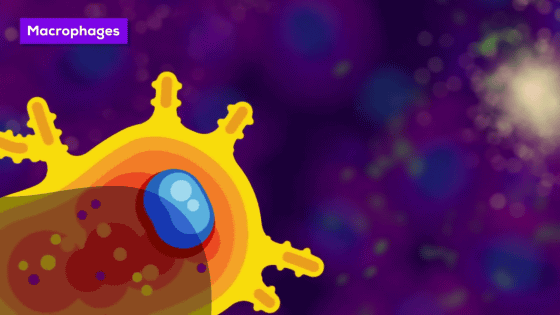
Macrophages are larger than normal cells, and if normal cells are human-sized, macrophages are about the
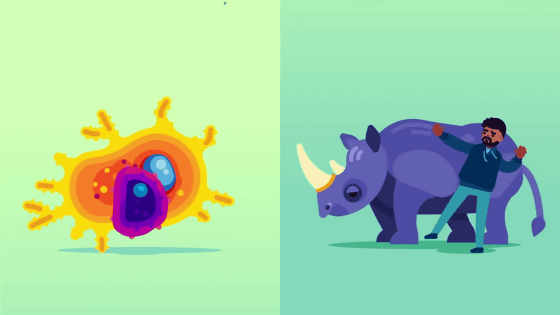
Macrophages stretch a part of their body like an octopus's leg to catch bacteria. It eats, digests, and excretes bacteria. Macrophages are said to eat 100 bacteria before they run out of power.
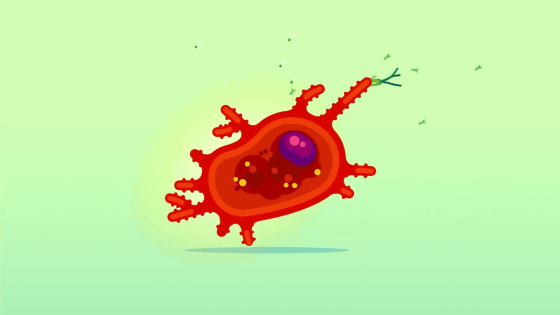
Reinforcements are called when there are too many bacteria to eat macrophages.
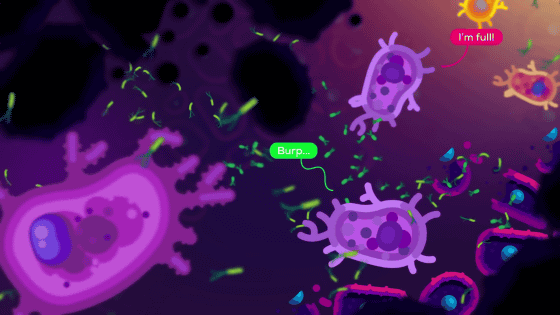
Hundreds of thousands of
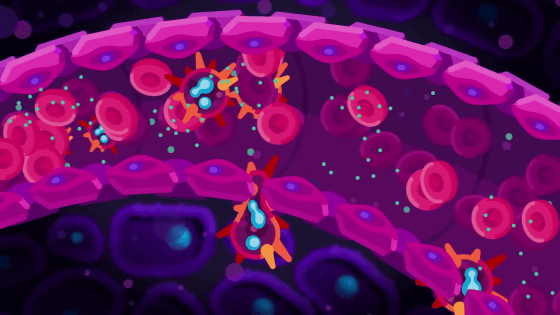
Aggressive neutrophils kill bacteria, but are destined to self-destruct a few days after birth.
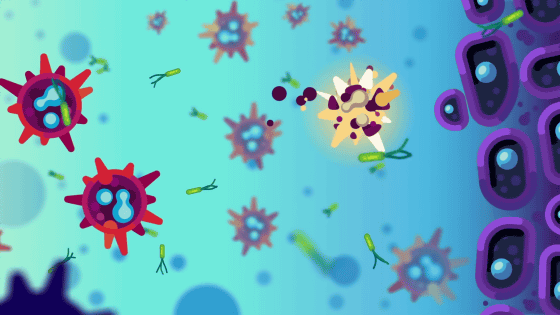
Neutrophils release chemicals that are harmful to bacteria and sometimes even destroy human cells, but they self-destruct within a few days, so the damage to humans is not significant.
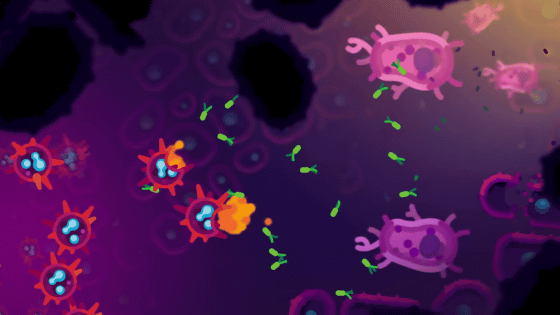
When ruptured by self-destruction, neutrophils release chemicals that catch and kill bacteria. Also, sometimes neutrophils after self-destruction kill bacteria.
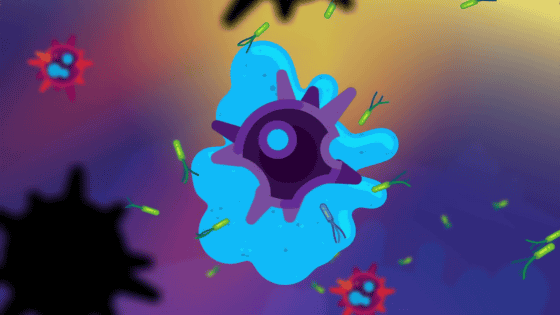
As the battle continues, blood flows to the battlefield, and blood flows to the affected area like a dam. What happens at this time is so-called 'inflammation'. Along with blood,
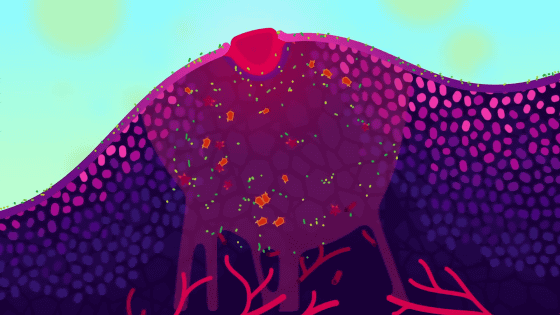
Hopefully, the 'frontline soldiers' mentioned above will eliminate the invaders. But when the bacteria are so strong that these soldiers are overwhelmed, it's time for
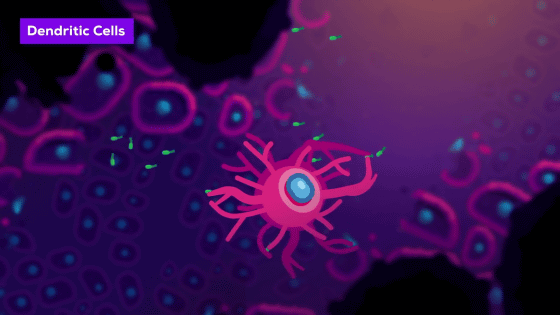
Dendritic cells collect information about bacteria by taking them in and destroying them in battle, or by sticking dead bacteria all over the body.
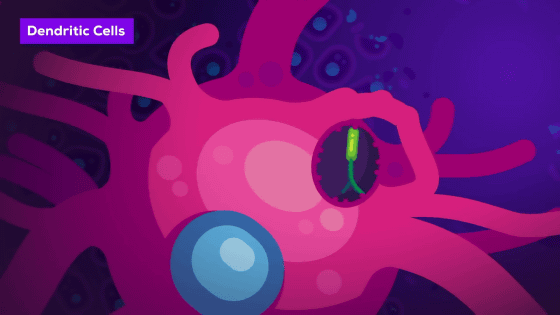
And get out of the battlefield ...
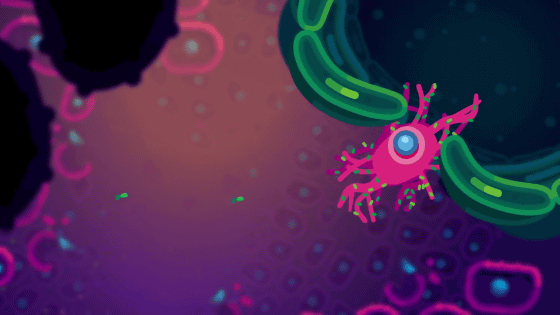
Lymph vessels, the network of the immune system, are used to convey information to cells and lymph nodes throughout the body.
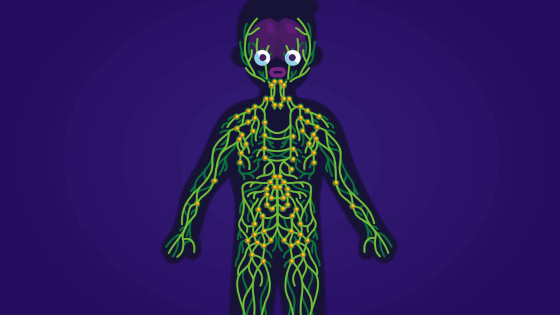
In addition, dendritic cells look for
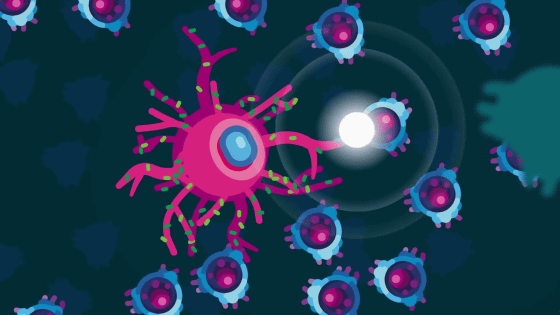
The found T cells recognize bacteria. The dendritic cells then activate the T cells.
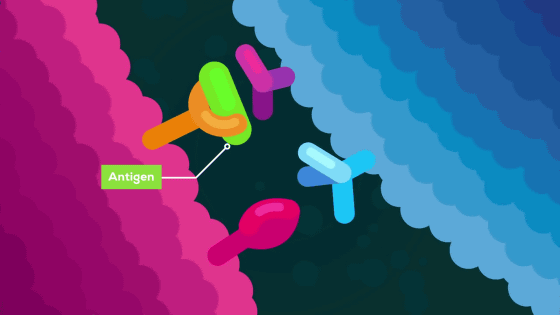
When T cells suitable for the bacteria that have invaded the body are activated, the T cells clone themselves and proliferate.

Thousands of T cells have grown into two groups, one group immediately heading to the battlefield to assist in the fight.
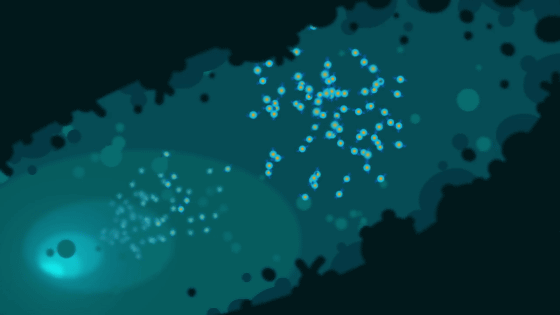
At this time, the cells that were fighting on the battlefield were exhausted. After a few days of fighting, macrophages are squeezed and stuck.
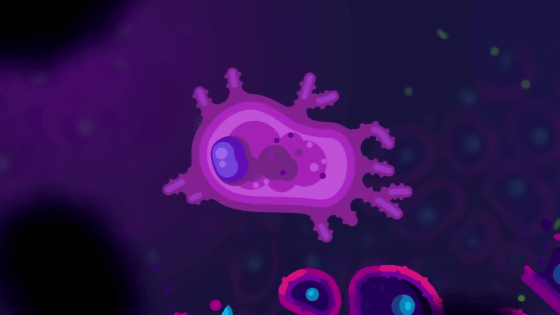
However, when newly arrived T cells release a special chemical, macrophages regain their power.
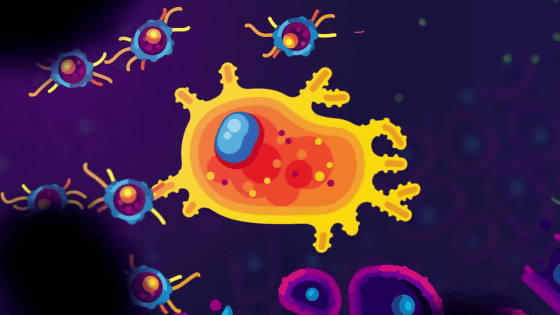
The resurrected macrophages attack the bacteria violently.
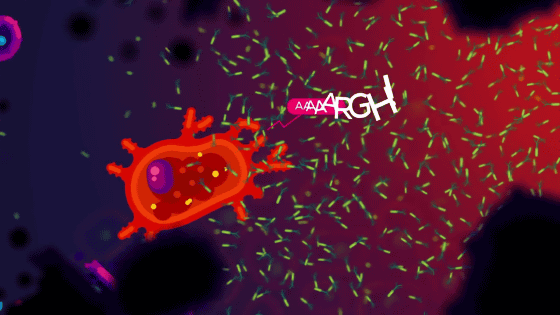
The other group of T cells comes into contact with
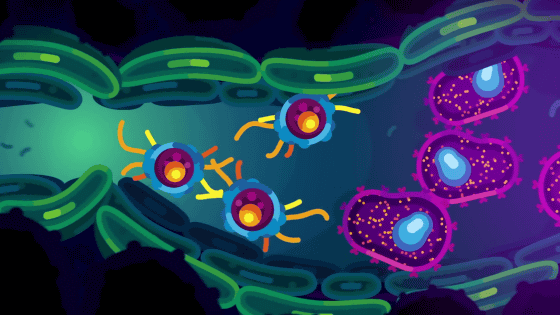
Antibodies are proteins that become 'super weapons' in the fight against bacteria. It is characterized by having crab-like scissors to catch bacteria.

Some B cells, like T cells, produce antibodies that correspond to each bacterium. T cells take 1-2 days to find the correct B cells ...

Activated B cells clone and proliferate.

Once a sufficient number of clones are produced, B cells produce as many as 2000 antibodies per second.

In this way, in about a week after being injured at the fingertips and being invaded by bacteria, all the strength of the second line arrived.

Antibodies can't fight the bacteria together, and other offensive soldiers destroy them.
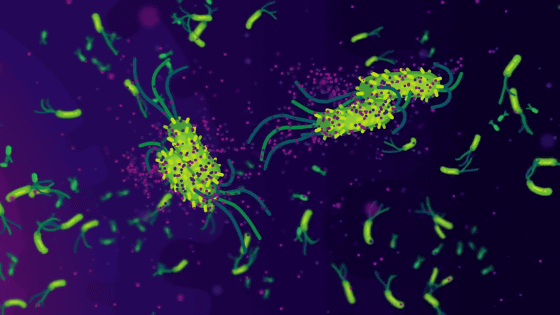
And when all the bacteria are eliminated and the soldiers are no longer needed, they self-destruct to avoid wasting resources.

However, some helper T cells
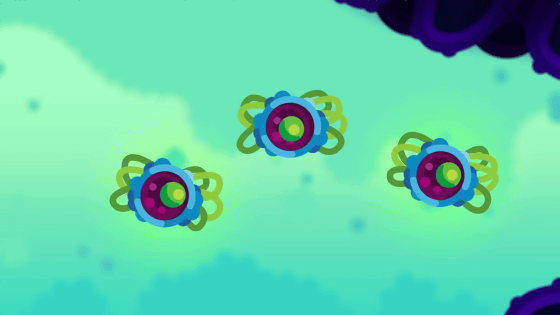
Similarly, B cells also
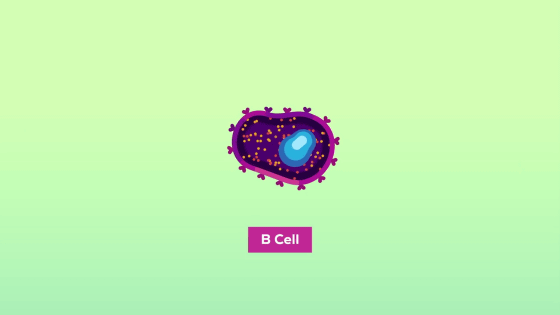
In this way, the wound is closed and a few scars remain.

Related Posts:







